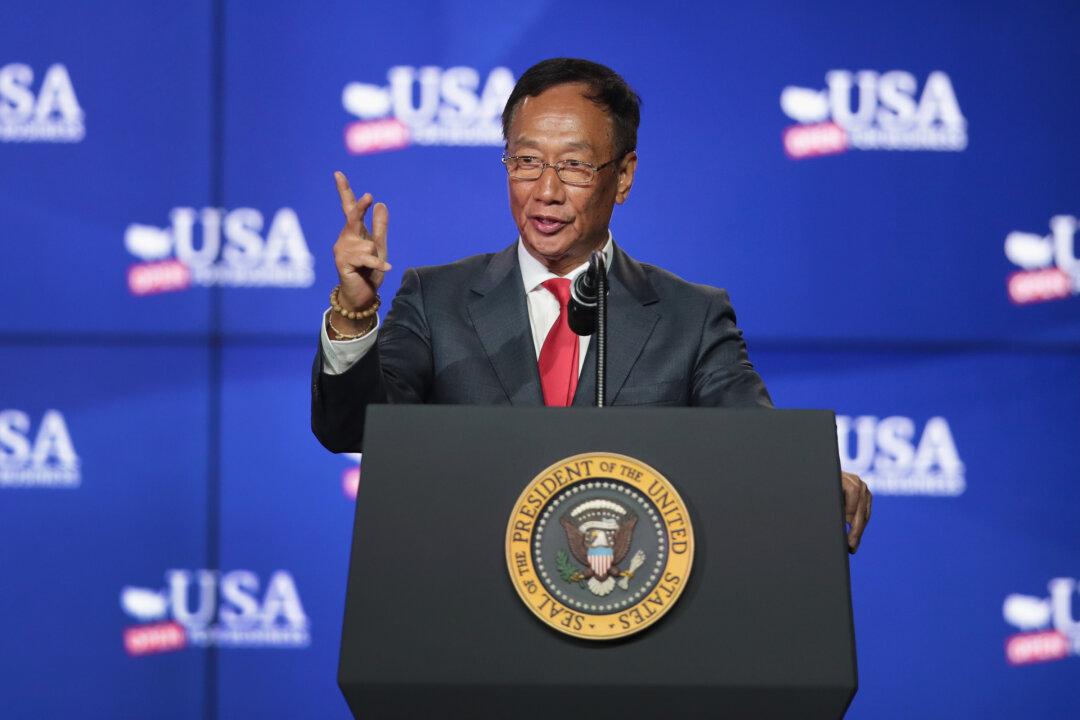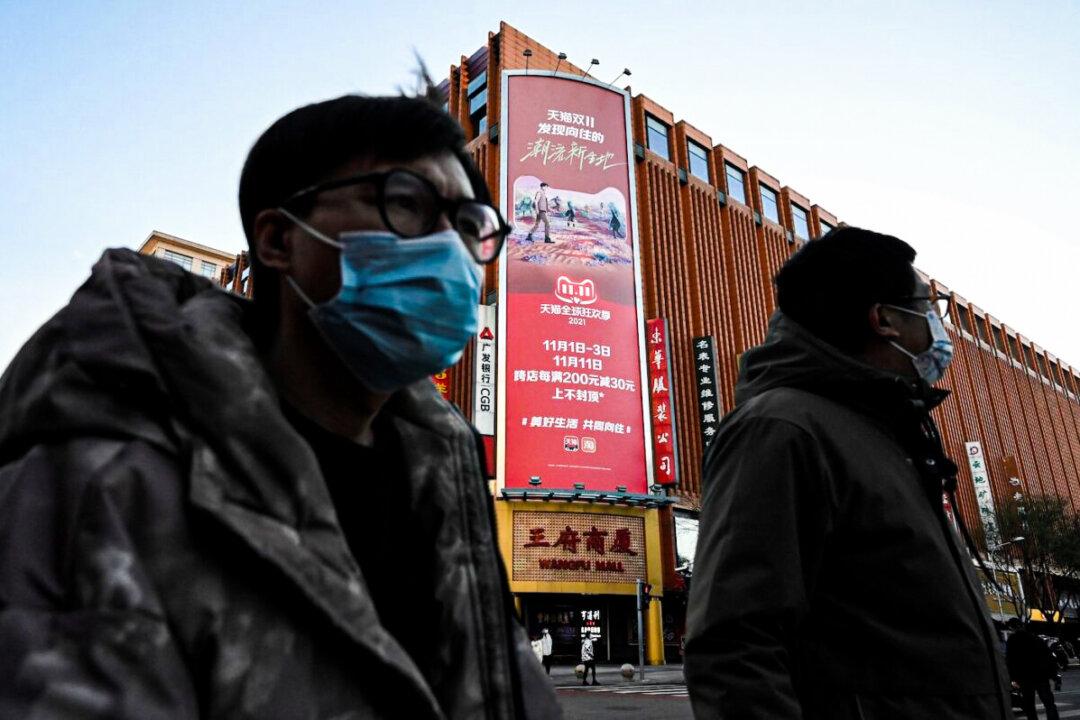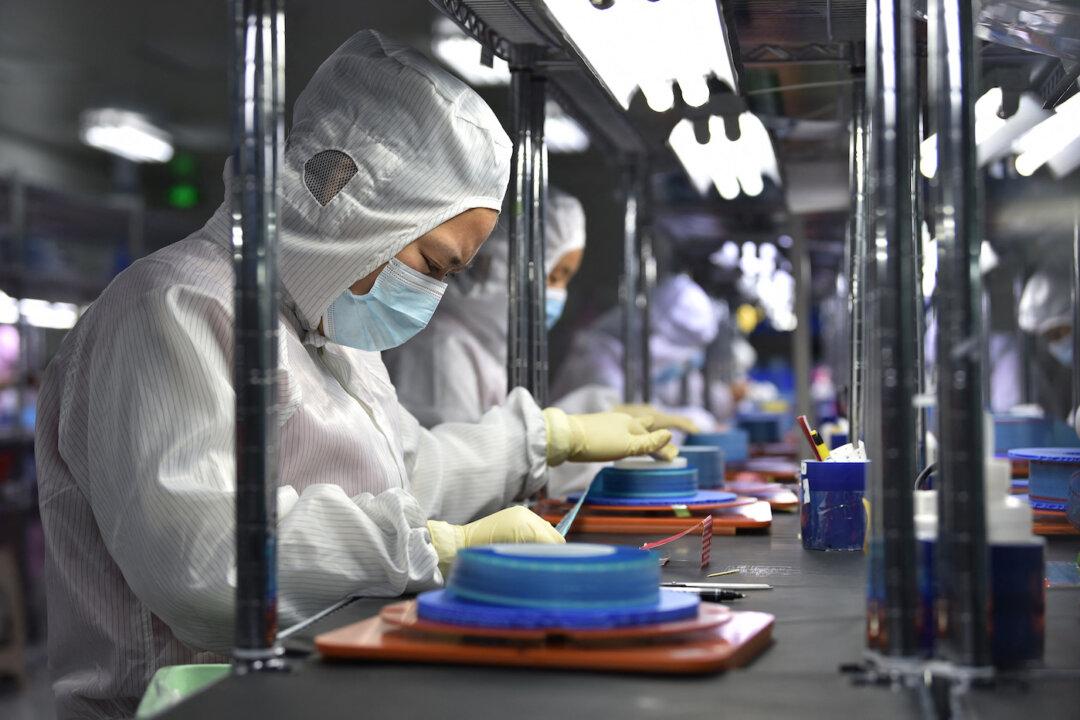Taiwanese billionaire and Foxconn Technology Group Chairman Terry Gou recently changed his investment plan in the state of Wisconsin. His original plan was to set up a factory of liquid crystal display (LCD) panels in Wisconsin, but now he has decided to turn it into an R&D site for the development of high-tech products with medical or industrial applications.
So instead of providing 13,000 manufacturing jobs as he promised before, the R&D site will mostly hire engineers and researchers. Some media observers who are at odds with President Donald Trump have rejoiced, as they hope to see Trump’s plan to revitalize the American manufacturing sector end up being a failure. They immediately started to envision that this would become a key factor resulting in Trump’s failure in the 2020 presidential election.





